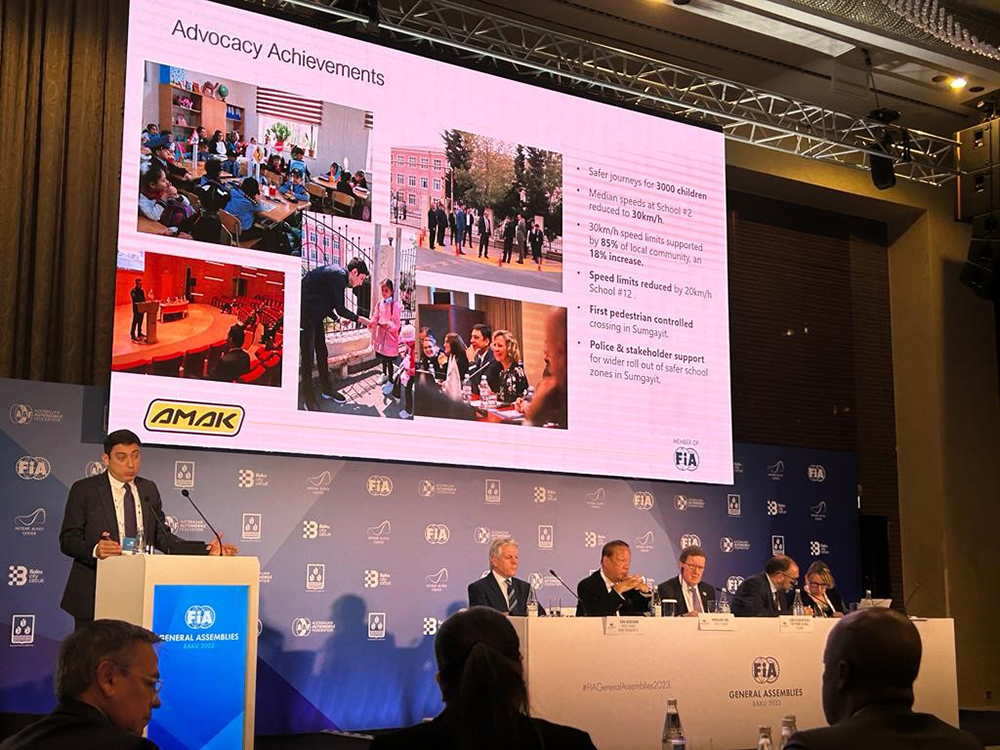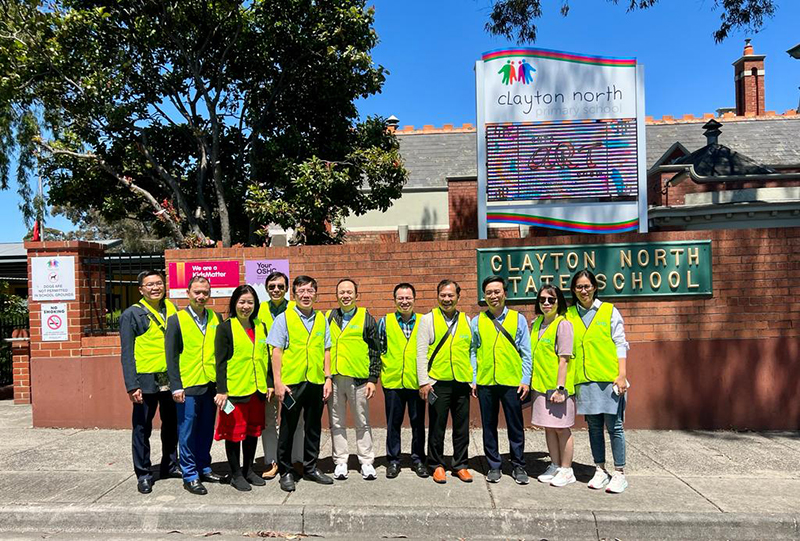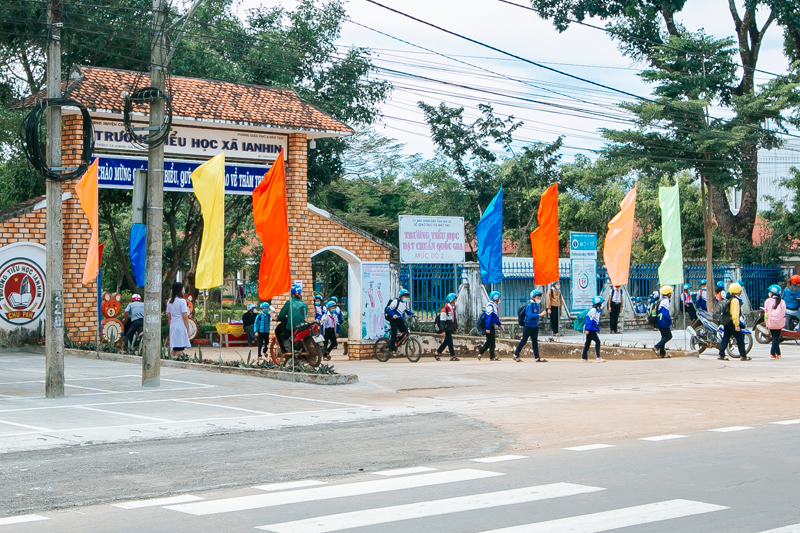Decade of Action plan launched with calls for new approach
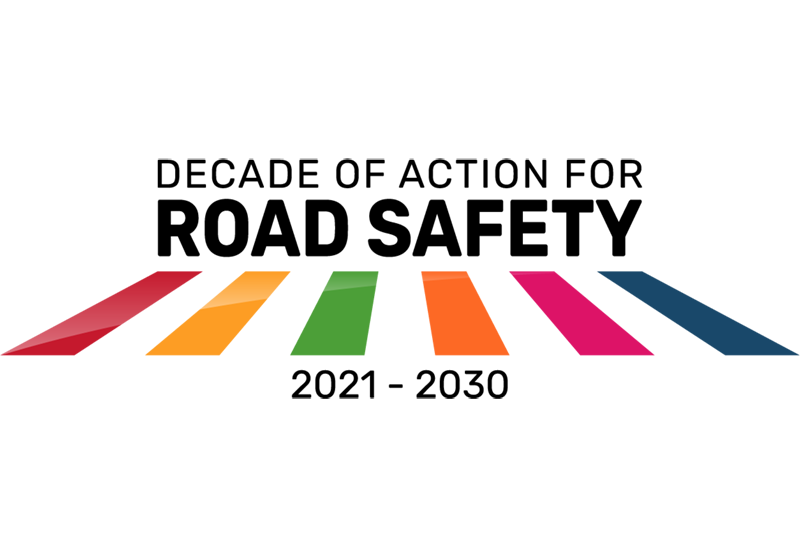
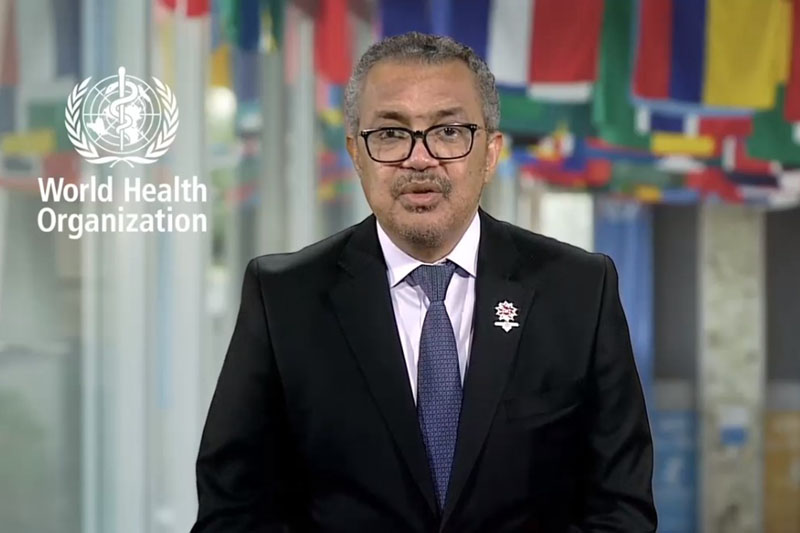
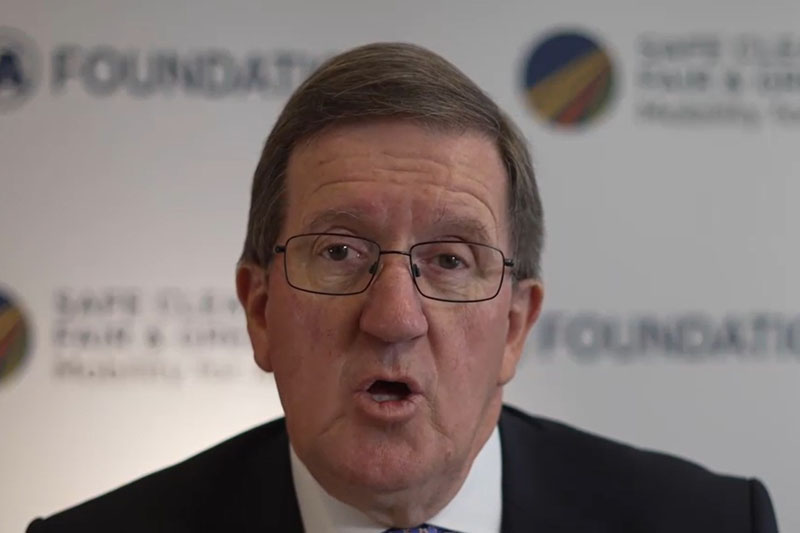
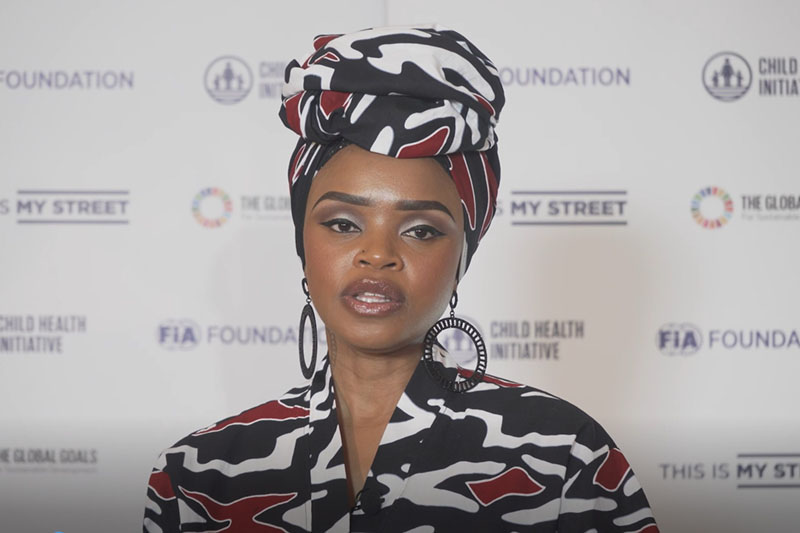
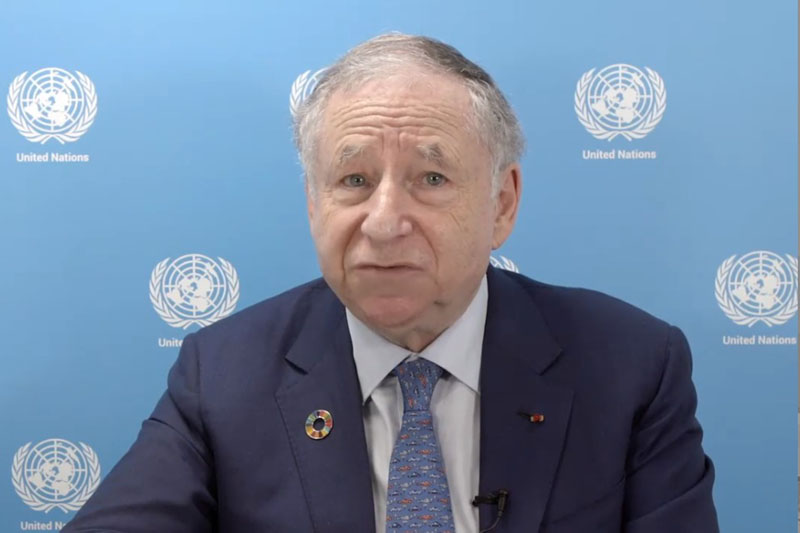
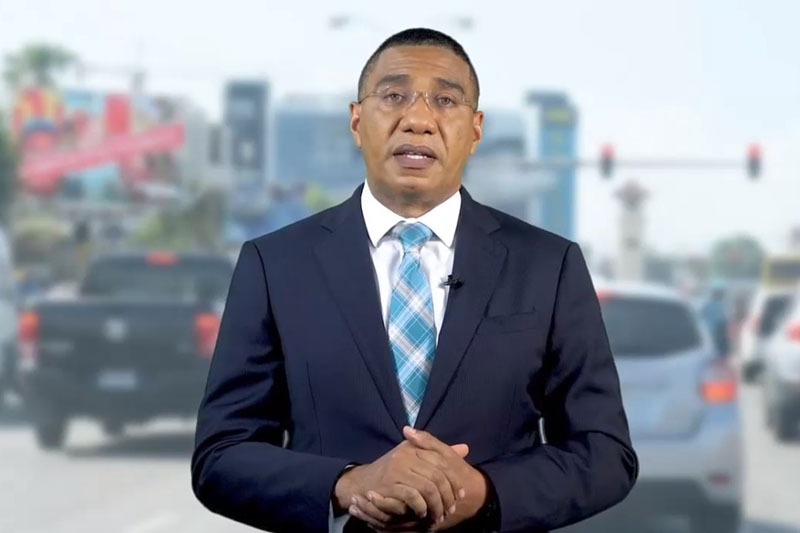
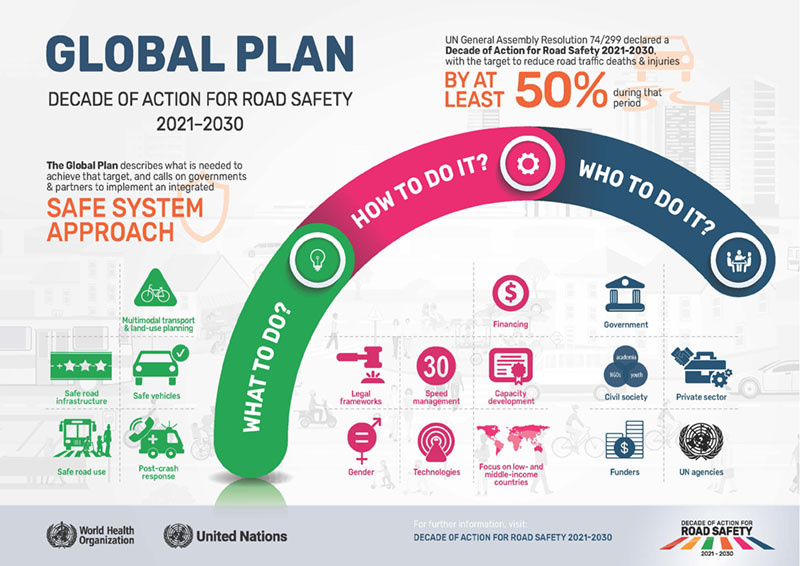
The new Decade of Action for Road Safety has been formally launched with calls for all governments and the international community to step-up efforts to reduce road traffic deaths and injuries.
A Global Plan for the Decade, issued on 28 October aims to help deliver the SDG target of reducing road traffic fatalities and injuries by at least 50% by 2030. The launch event was opened by WHO Director General Dr. Tedros, with high level statements from UN Special Envoy for Road Safety, Jean Todt and Prime Minister of Jamaica Andrew Holness.
Campaigners around the world called for real commitment and an end to policy makers paying lip-service to road safety.
Speaking at the Global Plan launch event coordinated by WHO, Zoleka Mandela Child Health Initiative global ambassador said: “Over the last decade we demanded change. We urged our leaders to put life saving measures in place to prevent road traffic injury. But there has been nowhere near enough action. Targets have not been met. Funding has not been made available. The rate of death and injury on our roads has remained monstrously high.
“When our leaders know exactly what the solutions are, and those solutions are completely within their grasp, their lack of action is nothing short of disgraceful. This is an insult to all the many millions who have lost loved ones on the world’s roads. So, at the launch this new Decade of Action for Road Safety, I join my fellow campaigners – victims, families and communities around the world in a clear message to our leaders: no more excuses.”
She urged leaders to respond to the demands set out in the Streets for Life campaign this year, to deliver low-speed livable streets and cities as a priority.
FIA Foundation Chairman Lord Robertson also called for a new approach emphasising that there must be a shift from preparation to delivery. Highlighting the agenda adopted by governments and set at the Global Ministerial Conference in Stockholm last year, he said:
“If the first Decade didn’t succeed in its objectives there is no point pretending that ‘one more heave’ will do it. We can’t repeat the same playbook and expect a different result. The Stockholm Conference and its Declaration in 2020 set us on a new path with new momentum. Integrating our objectives for safer roads in alliance with climate campaigners, urban changemakers and youth. Focusing on specific and achievable goals, like the Streets for Life campaign and its call for urban speed limits of 30 kilometres an hour. Challenging car makers, road builders and city planners to meet their social and moral duty to design for safety and to put people first.”
He called on leaders to step up their commitments ahead of the High-Level Meeting on road safety at the UN in 2022. To achieve the SDG road safety agenda, key priorities must include: ensuring no zero-star cars sold anywhere in the world; providing minimum three-star safety design standards for highways; delivering Streets for Life and low speed, liveable cities; and ensuring that every child has a safe and healthy journey to school.
WHO Director-General Dr. Tedros, also emphasised how road safety must be taken as an integral part of sustainable development and called for leadership and funding.
“Since the COVID-19 pandemic, we have also been reflecting and adjusting our lifestyles to be sustainable, looking beyond just safe roads and vehicles, but also the promotion of safe walking, cycling or using public transport. With the right leadership and investment, we can build on best practices and save lives.”
UN Special Envoy for Road Safety Jean Todt called upon leaders to deliver concrete commitments for action and emphasised that the UN Road Safety Fund is a critical tool to mobilise financing.
The new Global Plan issued by WHO, describes the actions needed to achieve the 2030 SDG target of reducing road traffic fatalities and injuries by 50%. This includes accelerated action to make walking, cycling and using public transport safe; to ensure safe roads, vehicles and behaviours; and to guarantee timely and effective emergency care. It is aimed to inspire countries, including governments and partners to act boldly and decisively, using the tools and knowledge gained from the last Decade of Action to change course.
Dr Etienne Krug, the Director of the Department of the Social Determinants of Health said: “It is time to put in action what we know works and shift to a much safer and healthier mode of transport. This new plan will lead countries onto a more sustainable path.”
The Global Plan for the Decade of Action for Road Safety 2021-2030 is available here.





